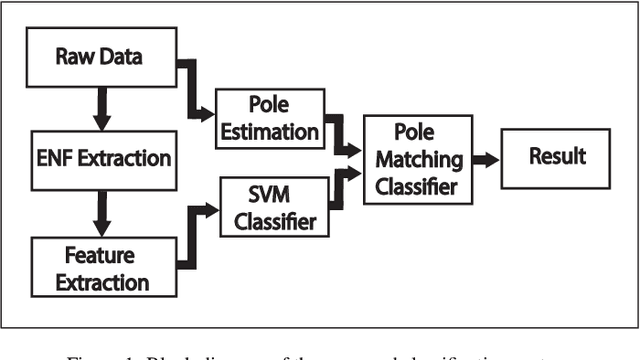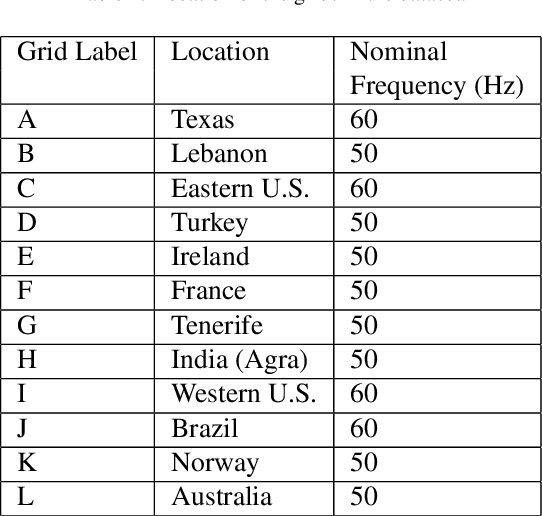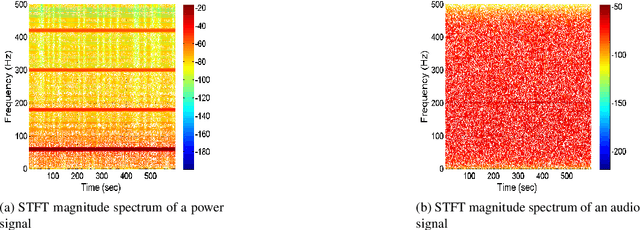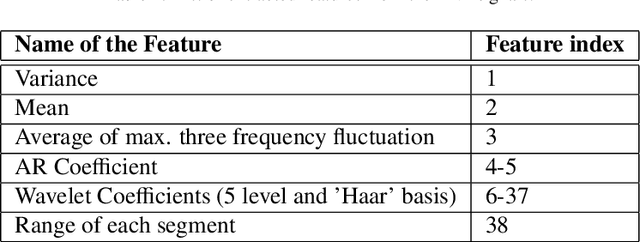Location Forensics of Media Recordings Utilizing Cascaded SVM and Pole-matching Classifiers
Paper and Code
Dec 01, 2019



Information regarding the location of power distribution grid can be extracted from the power signature embedded in the multimedia signals (e.g., audio, video data) recorded near electrical activities. This implicit mechanism of identifying the origin-of-recording can be a very promising tool for multimedia forensics and security applications. In this work, we have developed a novel grid-of-origin identification system from media recording that consists of a number of support vector machine (SVM) followed by pole-matching (PM) classifiers. First, we determine the nominal frequency of the grid (50 or 60 Hz) based on the spectral observation. Then an SVM classifier, trained for the detection of a grid with a particular nominal frequency, narrows down the list of possible grids on the basis of different discriminating features extracted from the electric network frequency (ENF) signal. The decision of the SVM classifier is then passed to the PM classifier that detects the final grid based on the minimum distance between the estimated poles of test and training grids. Thus, we start from the problem of classifying grids with different nominal frequencies and simplify the problem of classification in three stages based on nominal frequency, SVM and finally using PM classifier. This cascaded system of classification ensures better accuracy (15.57% higher) compared to traditional ENF-based SVM classifiers described in the literature.
 Add to Chrome
Add to Chrome Add to Firefox
Add to Firefox Add to Edge
Add to Edge